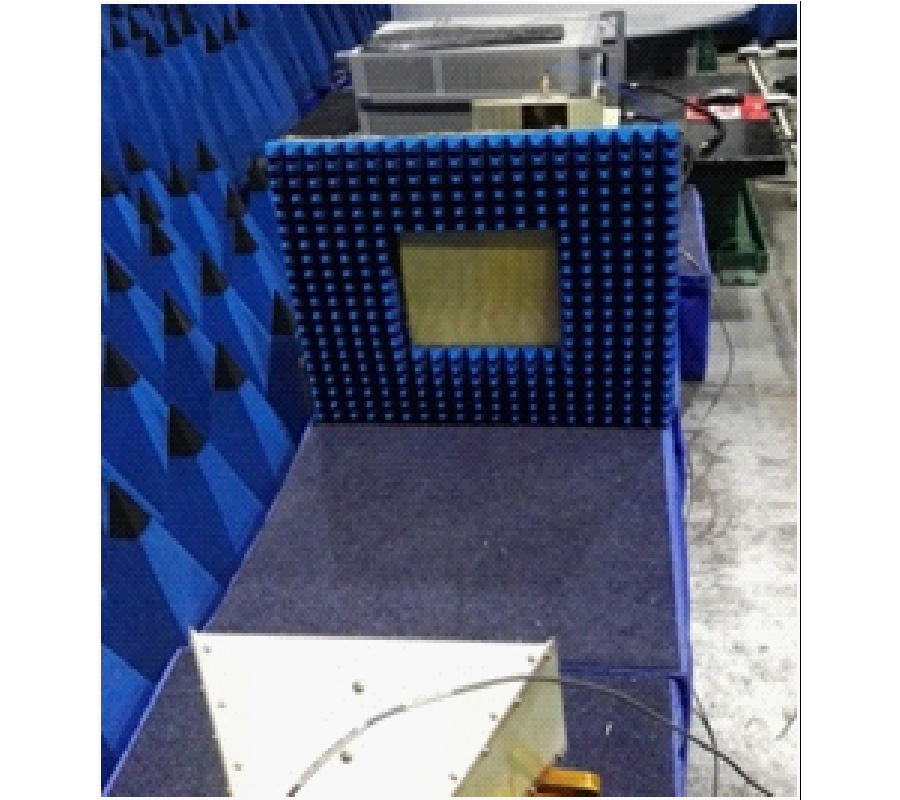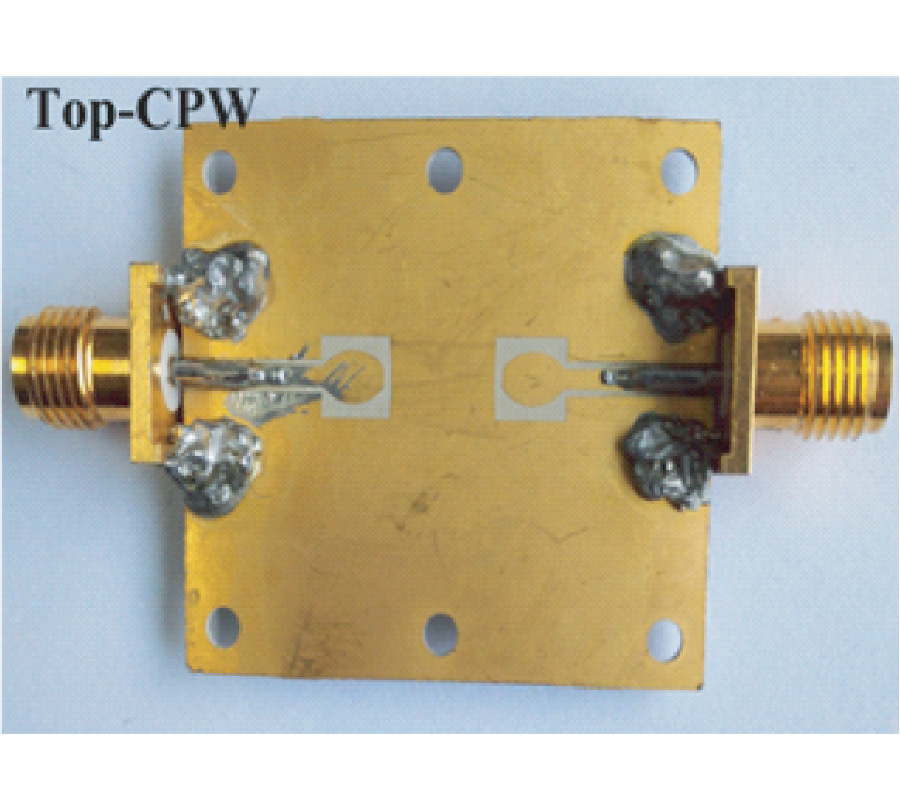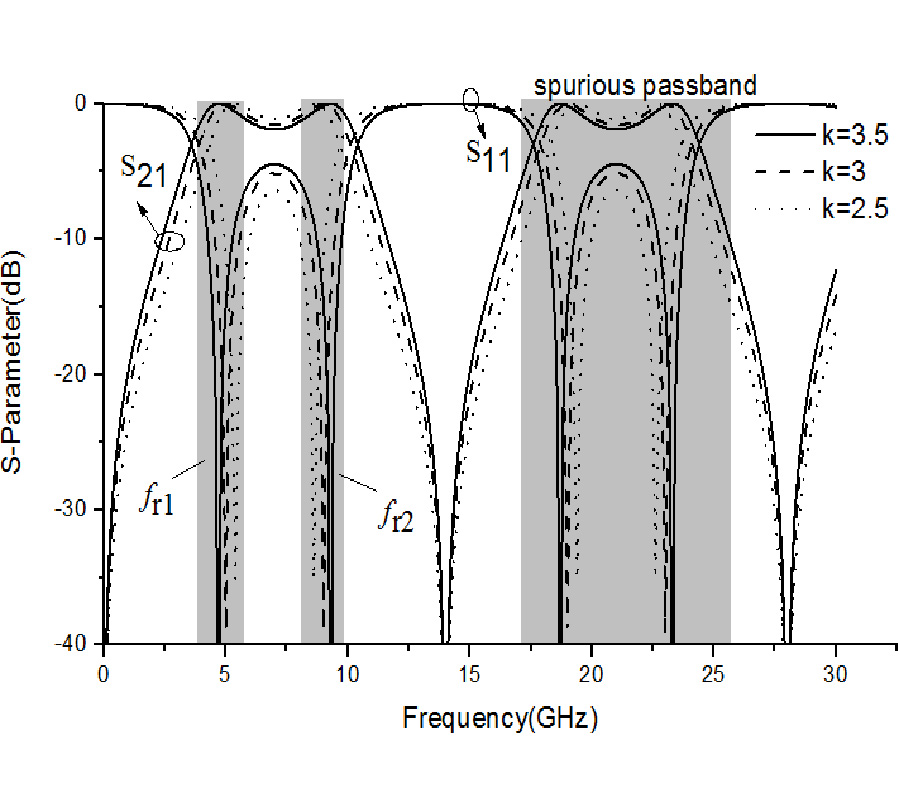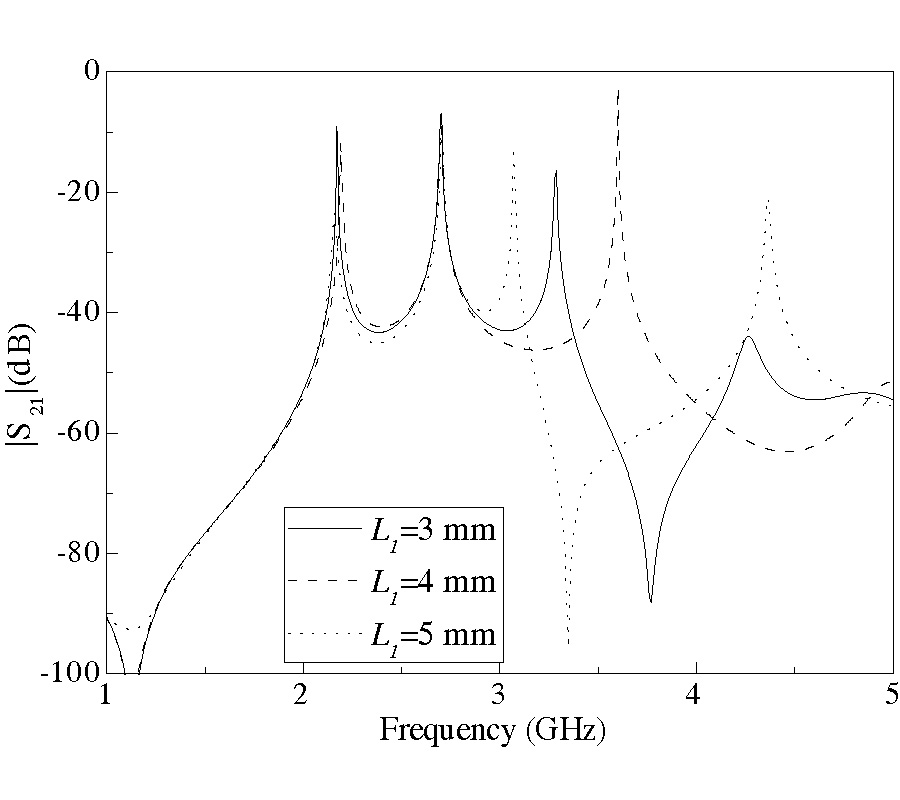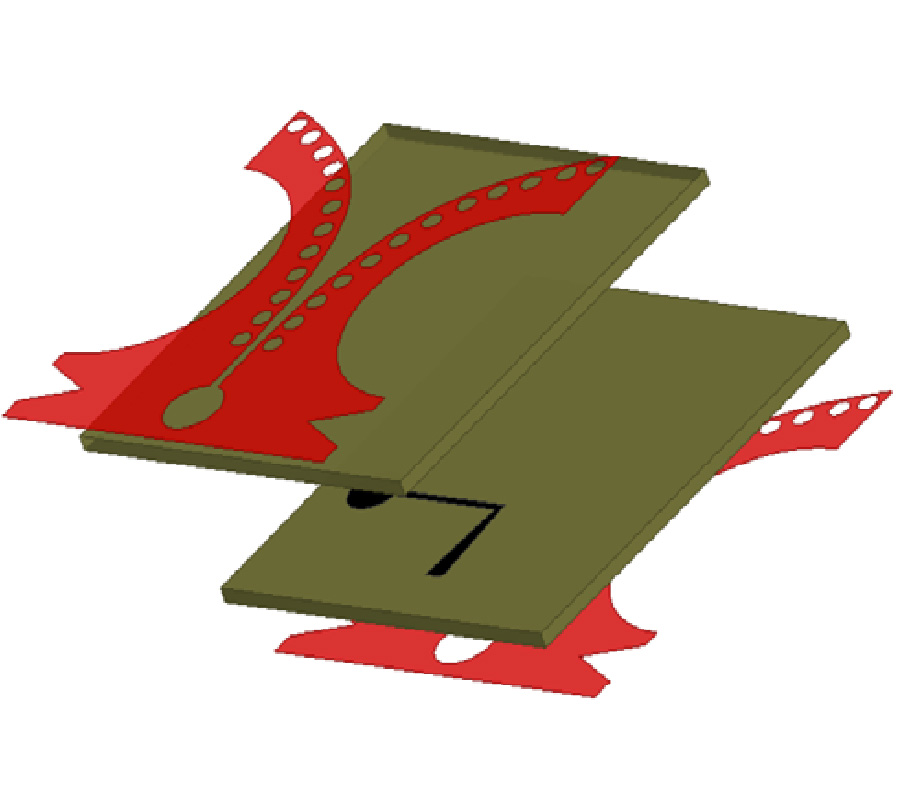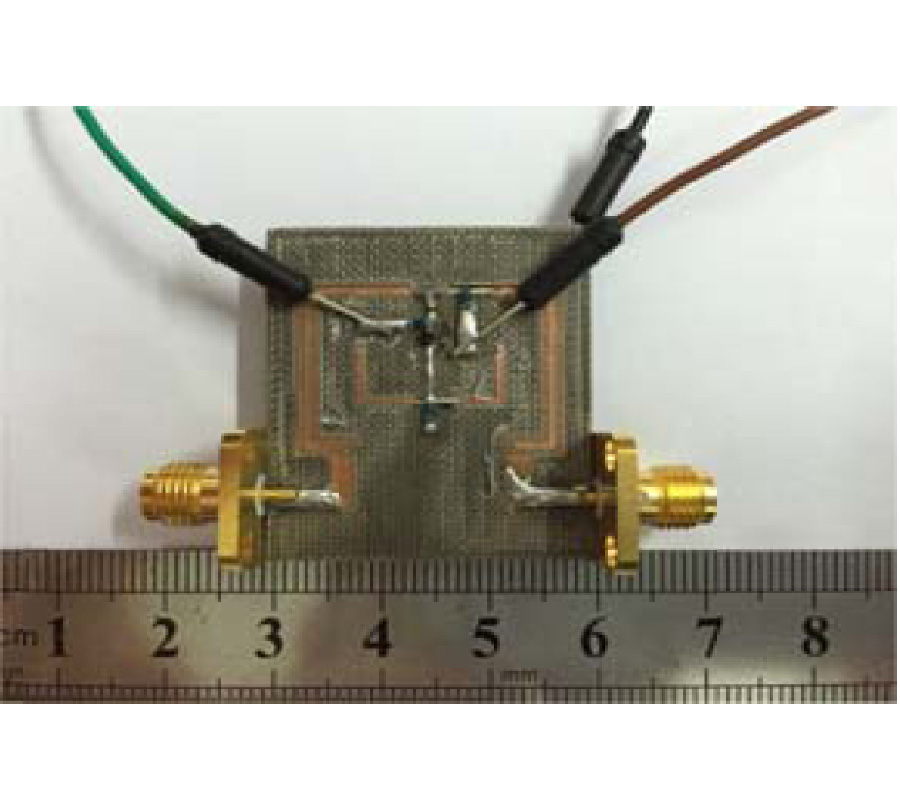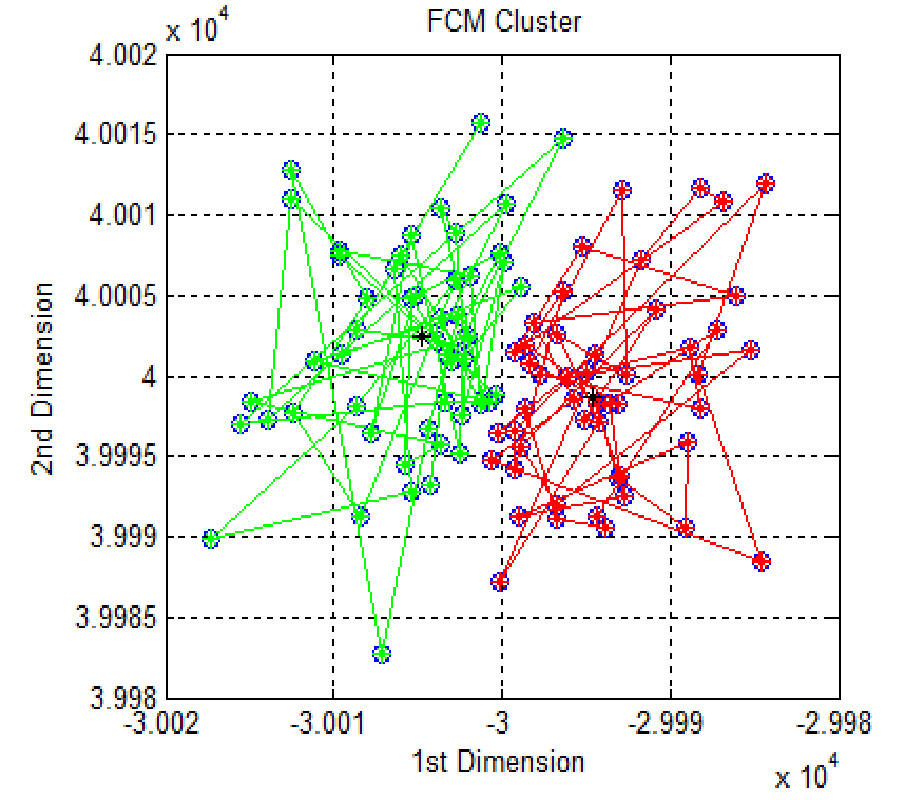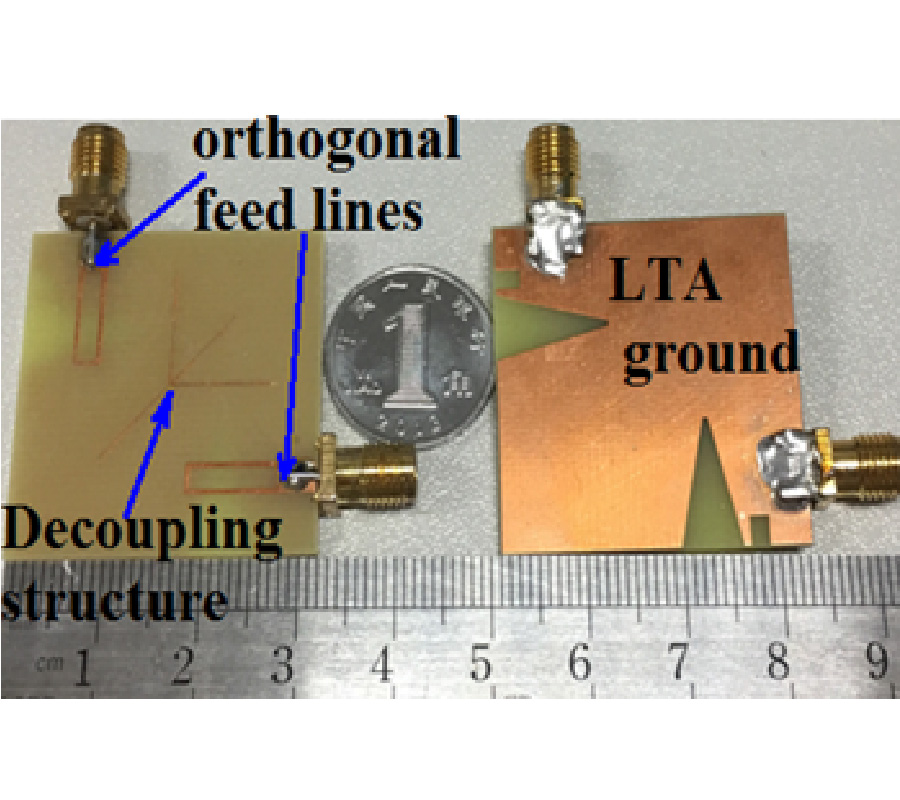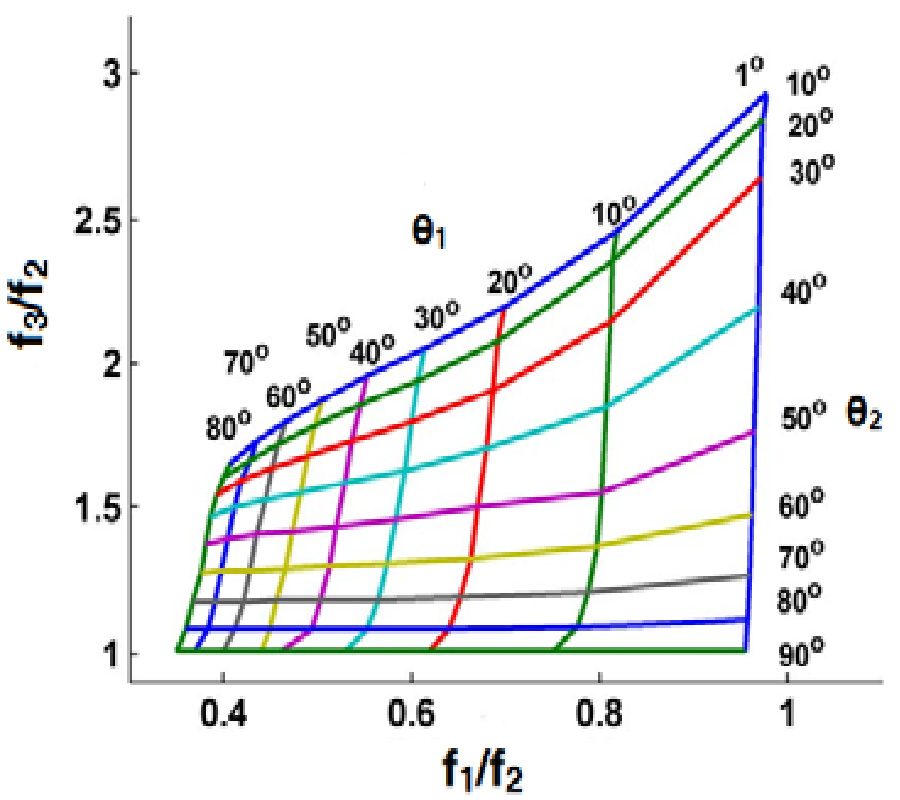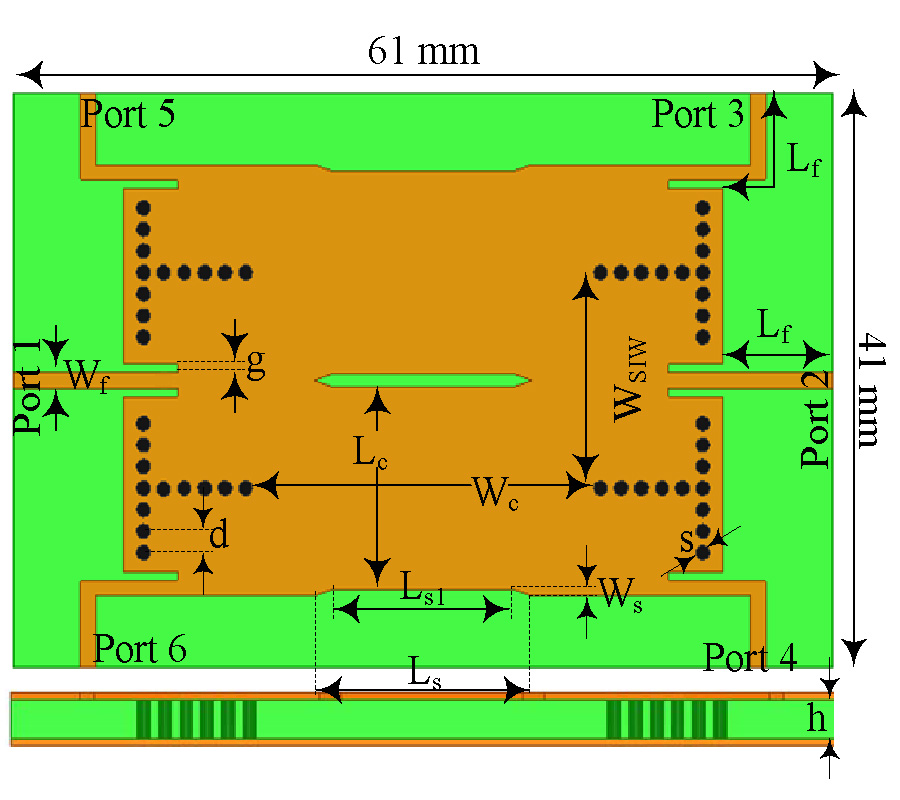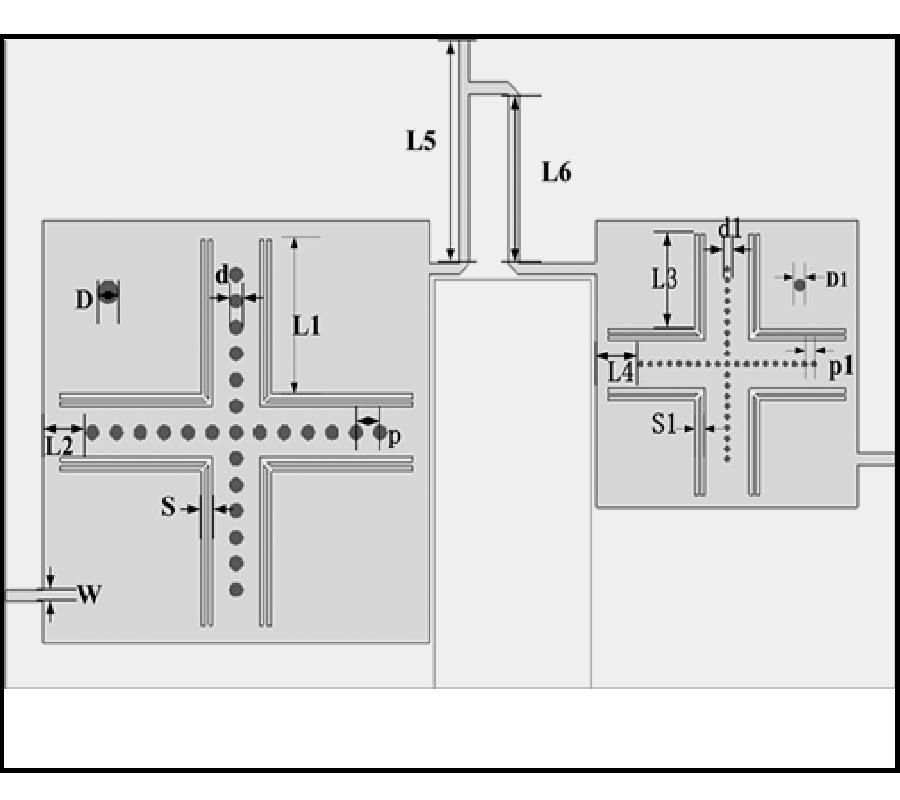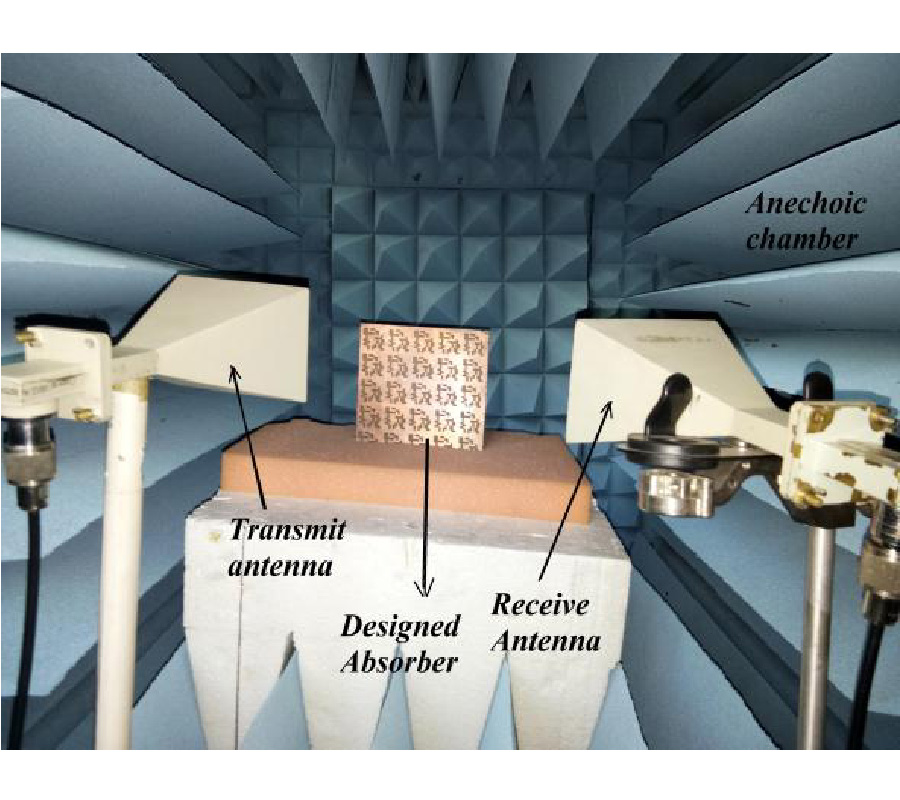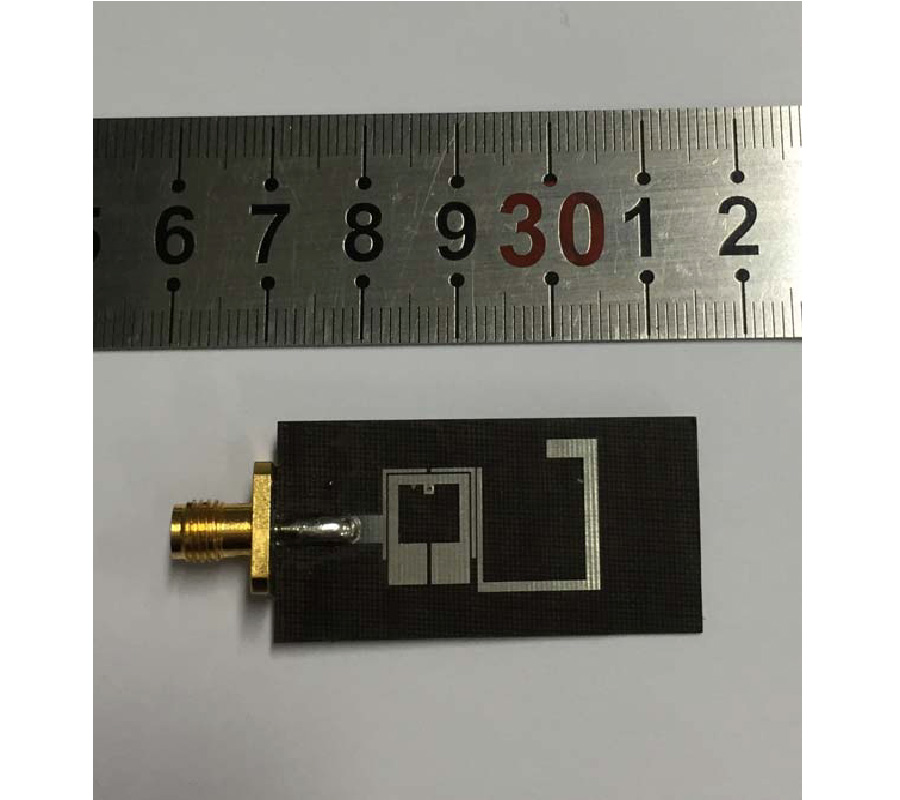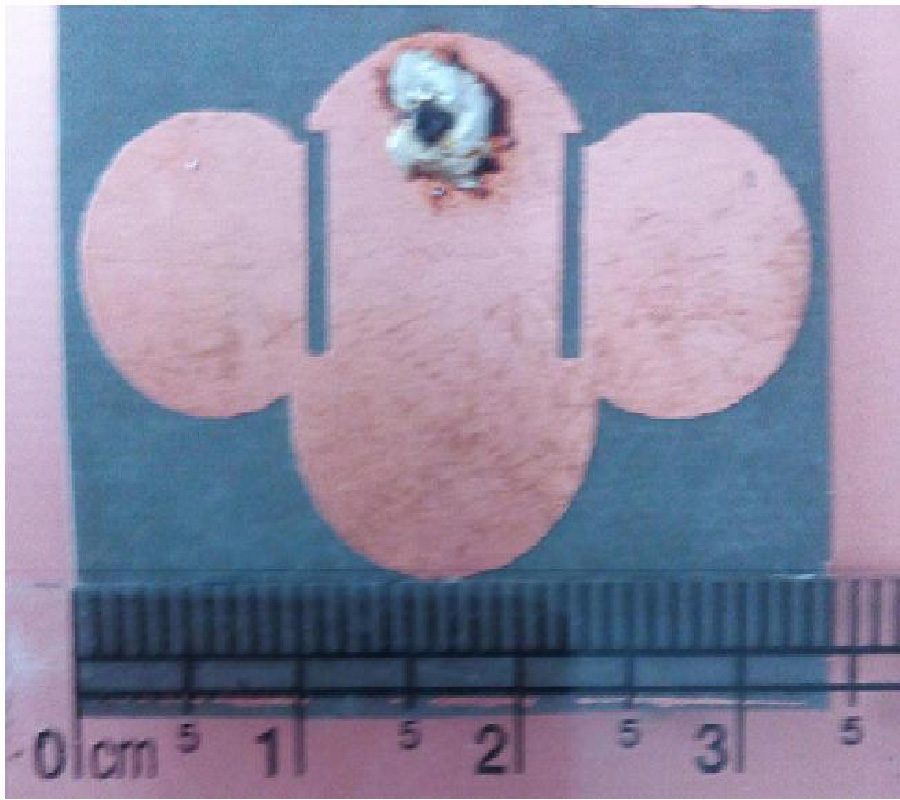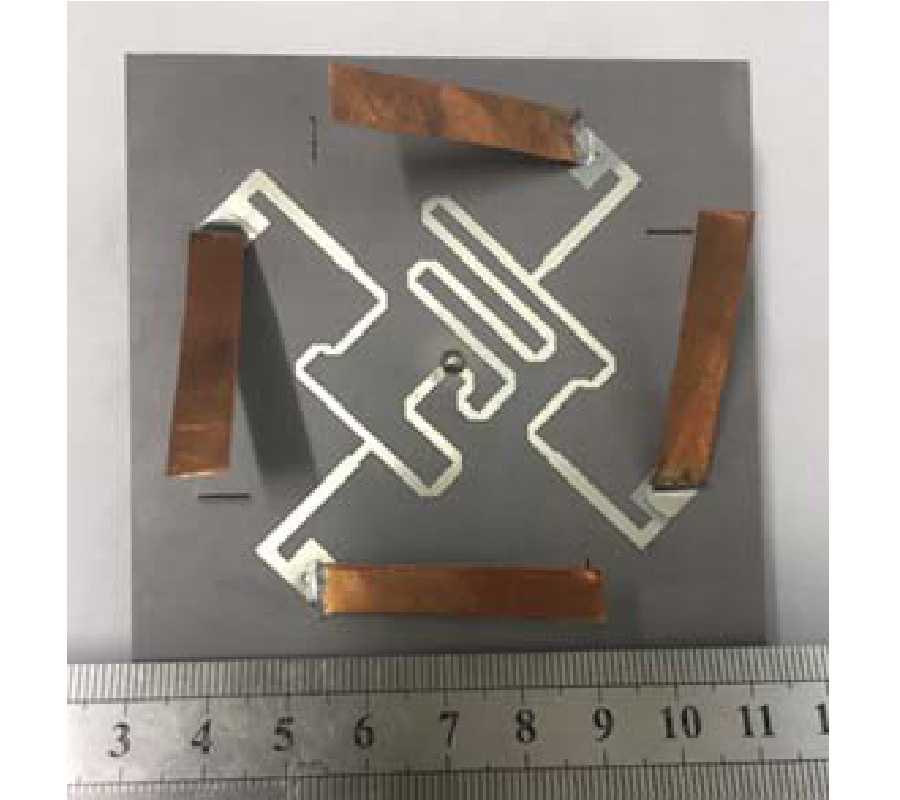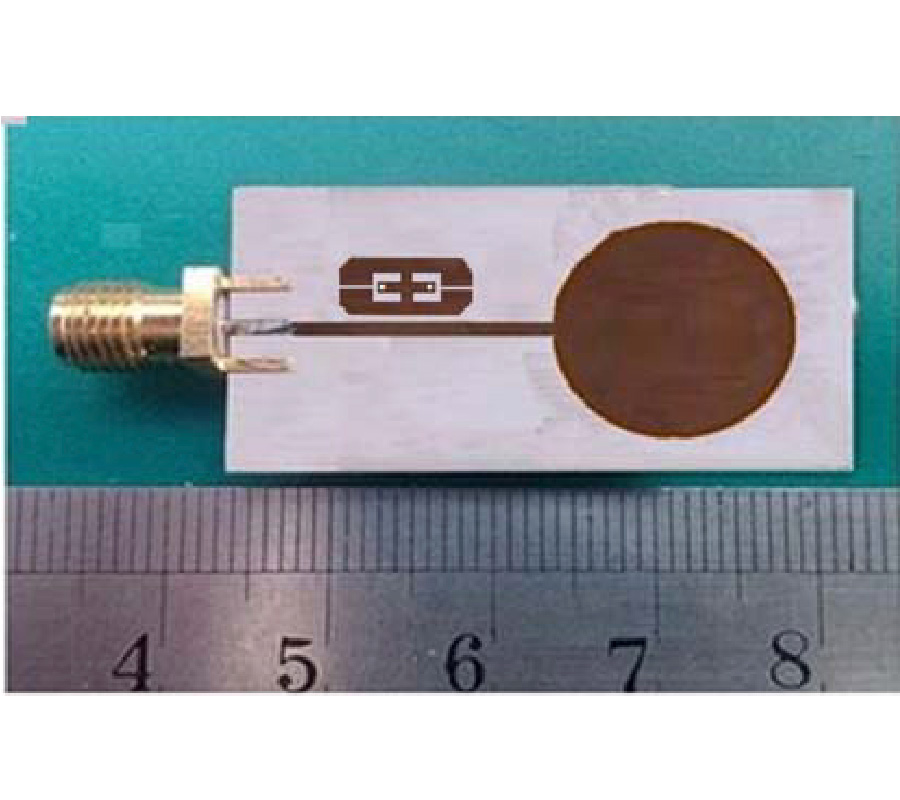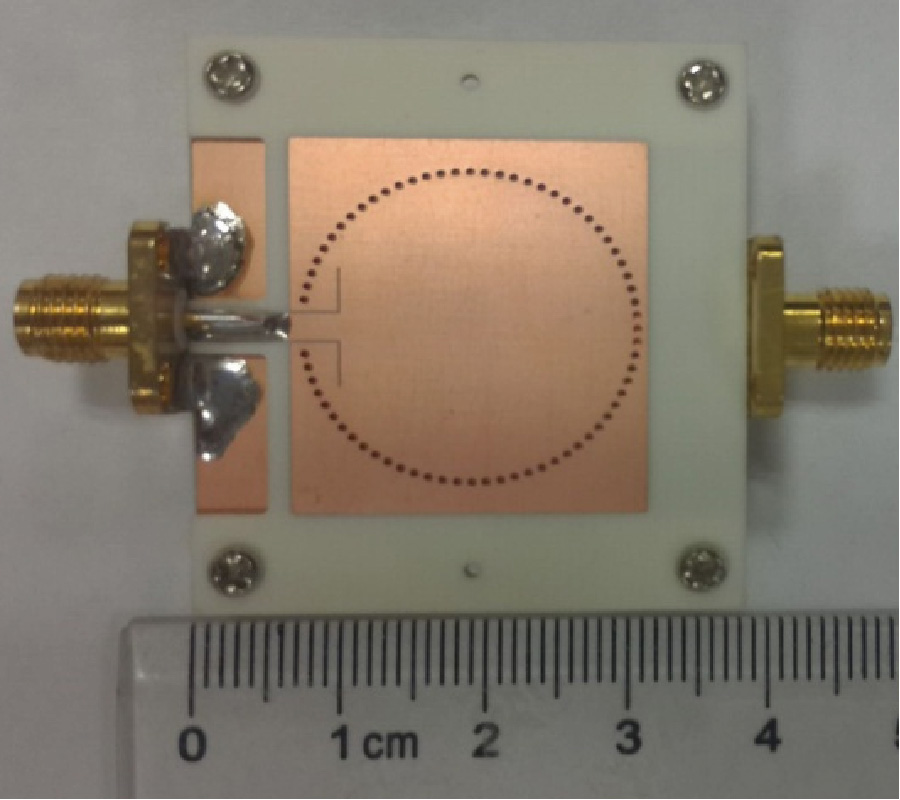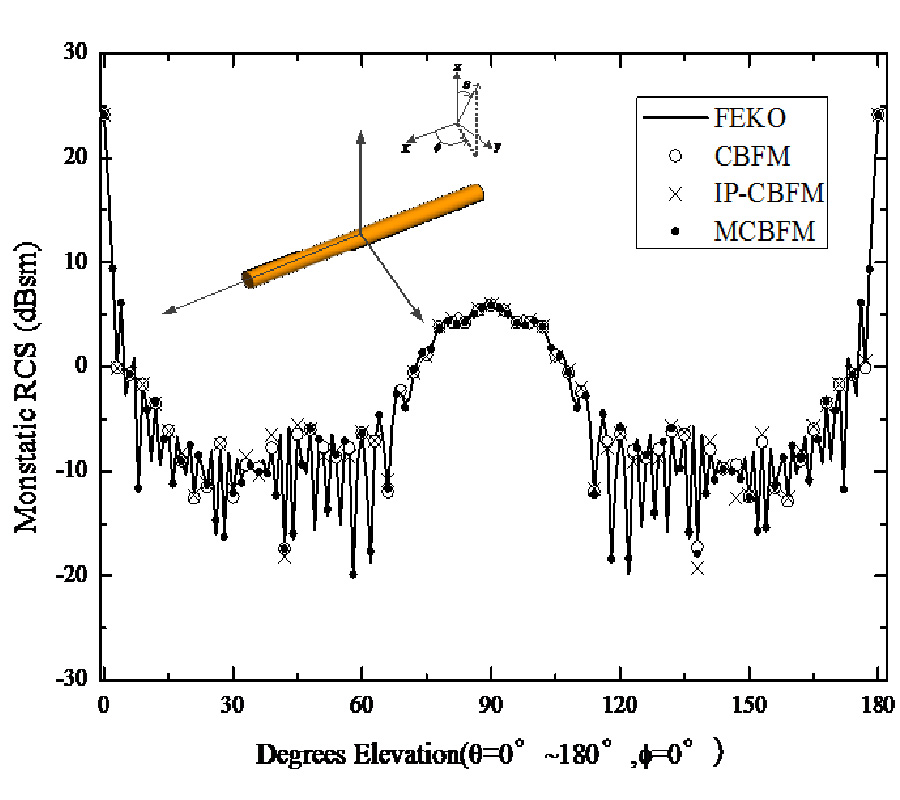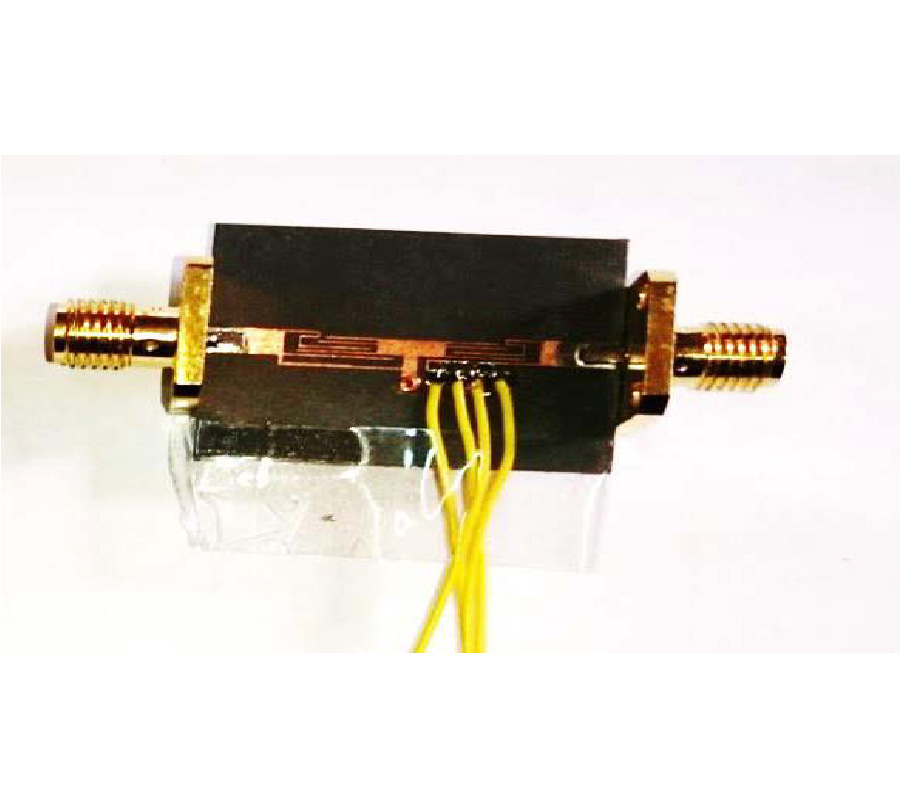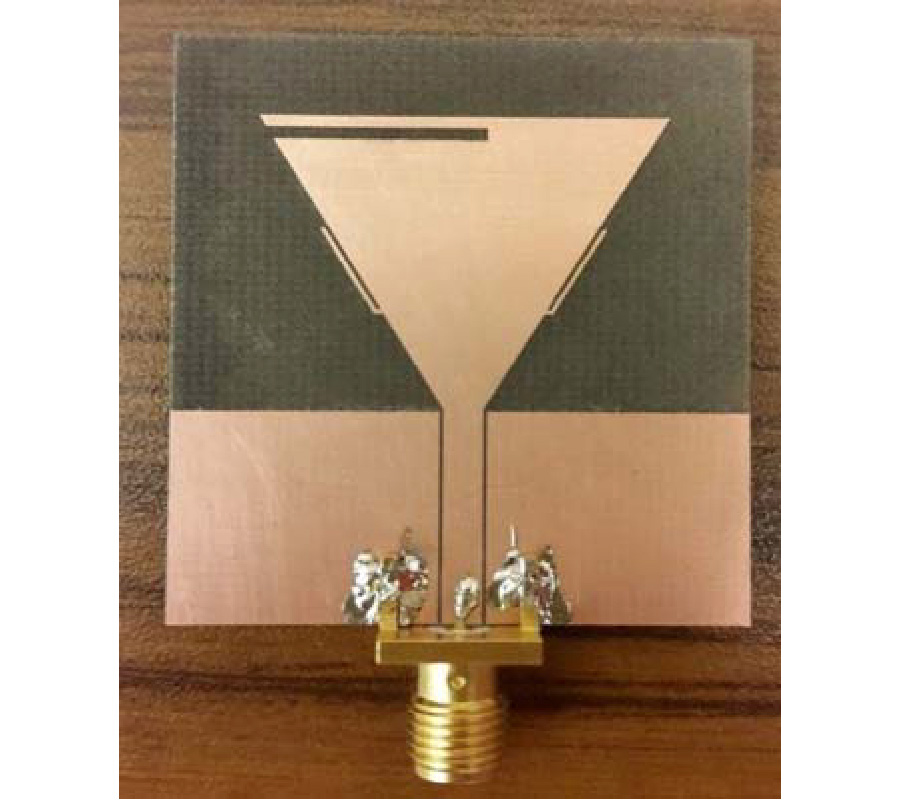2017-08-21 Latest Published
By Weiyang Yin
Hou Zhang
Tao Zhong
Qiang Chen
Progress In Electromagnetics Research Letters, Vol. 69, 133-139, 2017
Abstract
Based on convoluted interwoven element, a miniaturized frequency selective surface (FSS) with stable band-stop response is proposed in the paper. By extending the four dipoles into the adjacent elements, the equivalent inductance and capacitance are increased, and therefore the proposed FSS realizes promising miniaturization characteristics. The simulation results indicate that the resonant frequency is 1.19GHz, and the dimension is only 0.027λ0. Compared to traditional crossed elements, the size is reduced by 94.6%. Besides, the FSS has excellent angle-stability under both TE and TM waves. Finally, the proposed FSS is fabricated and measured, and the experiment results prove the satisfactory consistency with the simulation results.
